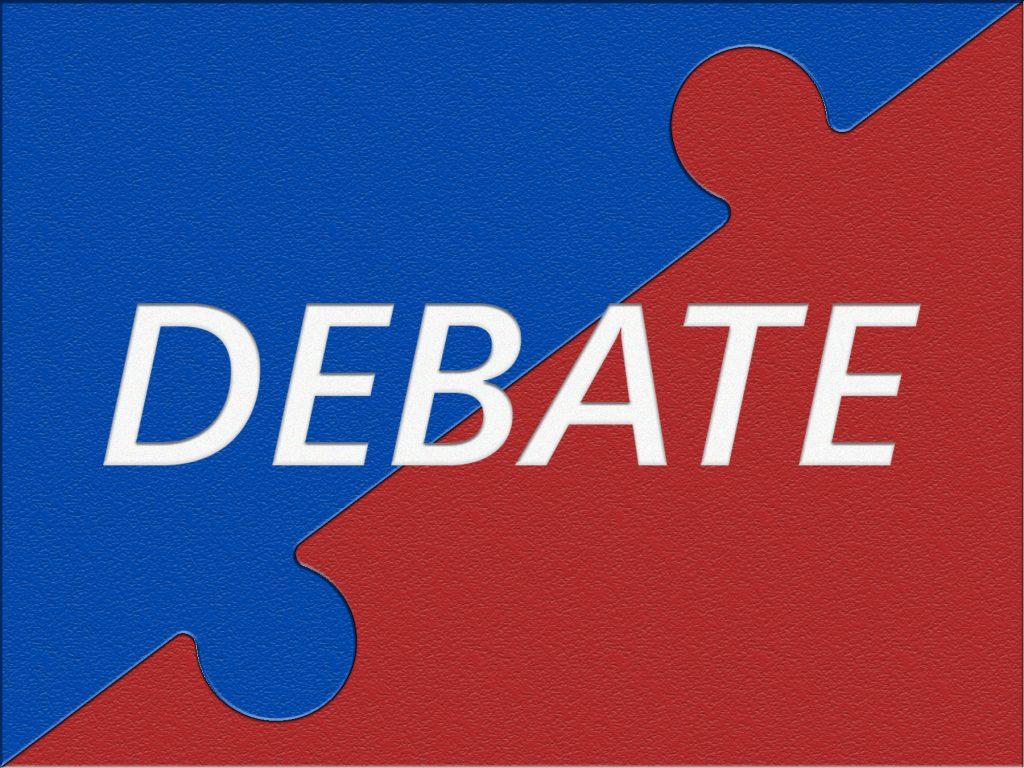Disclaimer: The following debate contains views that are not held by the writers, the views herein are intended for purposes of discussion only to encourage conversation in line with civil conversations surrounding the current political playing field.
Should the US continue its use of drone strikes abroad?
Round 1
Anthony Lackey – The U.S. Army makes use of drone strikes to work within areas of operation where the use of manned vehicles is too risky or difficult. Strikes done by UAVs or RPAs are executed using the same procedures that are applied to other common strikes, both lethal and nonlethal, including artillery, cyber, troops on the ground, and long range missile strikes. These procedures use a breakdown of the military decision making process to assess the situation surrounding the target up to execution and then following the aftereffects to measure the effectiveness of the operation. These targeting tasks include development of a collateral damage estimation, which includes precautions to ensure only military targets are included, and the loss of civilian life or property is not excessive with the expected military advantage that is being gained.
Rand Silvers – All of what you’ve just argued is true. Drones are an effective military tool that minimizes risk to American soldiers. Unfortunately, drones are not just a military phenomenon, they are also a political one. The War Powers Resolution of 1973 was designed to limit the President’s ability to unilaterally deploy U.S. forces into combat without Congressional authorization. The Obama administration has argued, largely successfully, that drone warfare is “distinct from the kind of ‘hostilities’ contemplated by the Resolution’s 60 day termination clause,” to quote a 2011 letter to Congress. In the U.S., we are not ruled by people but by laws. Drones undermine this by allowing the people of the administration to avoid getting Congressional authorization for the use of force, making their choices independent of the laws that govern us. Regardless of whether Obama’s specific use of drones has been responsible or not, he should not have had the authority to act without the consent of Congress.
Round 2
Rand Silvers – The U.S. drone program doesn’t just undermine rule of law in the U.S., it also undermines international rule of law. Chapter VII of the U.N. Charter lays out two situations in which the use of force by a member state is justified: with Security Council authorization or in self-defense. In both ways, the U.S. interpretation of Chapter VII in justifying its drone program is problematic. Security Council Resolution 1373 calls on U.N. member states to “take the necessary steps to prevent the commission of terrorist acts.” Now Obama claimed in 2013 that the U.S. drone program only targets “continuing and imminent threats,” but a 2011 Justice Department White Paper revealed that an imminent threat “does not require the U.S. to have clear evidence that a specific attack… will take place in the immediate future.” This interpretation fundamentally undermines rule of law because it places no boundaries on the U.S., meaning the U.S. can act independent of the law.
Anthony Lackey – In answer to the interpretation that a militant response to a threat requires clear evidence of a specific attack, the U.S. would not require clear evidence of a specific attack which would be to take place in the immediate future due to the knowledge that the organization for which the target represents holds to anti-U.S. sentiments and has a doctrine focused on terrorizing the United States. The organization itself represents an imminent threat due to the very nature of the founding principles. The context here is aimed at organizations like ISIS or in the instance of Libya in 2011, the danger the Libyan Army represented to its own people. The United States certainly has boundaries against the use of drone strikes, the language defined by State Department legal adviser Harold Koh in the article referenced previously refers to evidence of an attack that will take place, but the nature, scope and timeframe of the attack are variables.
Round 3
Anthony Lackey – In terms of combating the real and continuing threat of terrorist attack on U.S. citizens it is clear that the U.S. military is required to make use of the advanced surveillance and threat elimination tactics which can be employed through the use of UAVs and RPAs. The unalterable fact of the matter is that it saves lives on both sides of the fight by applying sufficient combat power at a precise location at a specified time using all of the military intelligence that can be mustered against such terrorist targets. As a tool the drone strike is an extension of military technology. However, the laws governing the use of such tools have not been maturing at the same rate that the technology itself has, so the laws that may apply have been outstripped by time and advancements. There now exists a definitive need to look over the policy surrounding the use of force against terrorist organizations and more specifically the use of drone strikes.
Rand Silvers – Drones are a political issue not just in the US and the UN, but in Pakistan and the other countries in which they are used as well. We miss the real costs of drones if we ignore this. While drones may be effective at reducing casualties, the hidden nature of the weapons creates a culture of fear that costs America the hearts and minds of the people on the ground. There have been several well-documented cases of terrorist organizations using drone attacks as a recruitment tool, and in July of this year retired Army Gen. Mike Flynn, a top intelligence official in the post-9/11 years, agreed with the idea that drone strikes actually create more terrorists than they kill. The war on terror is not a traditional war that can be won only by the application of military force. We are at war with an idea, and we need to evaluate our drone policy in that framework.





